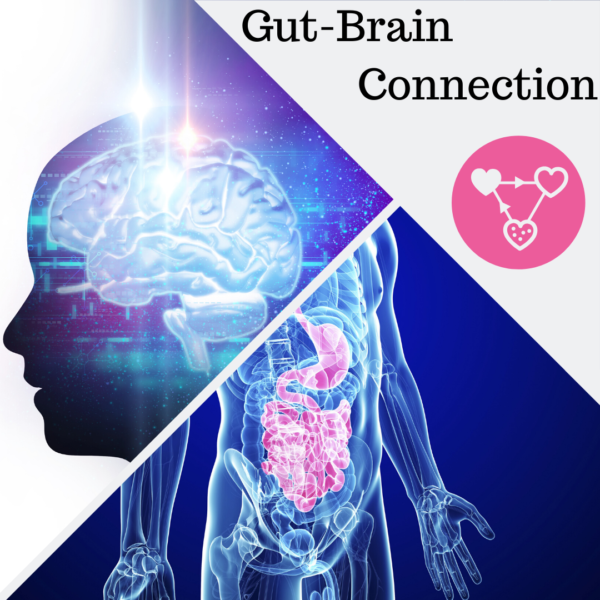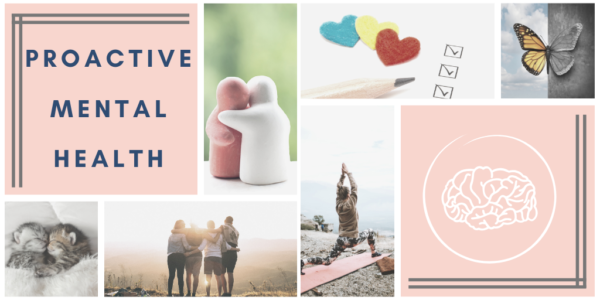
When someone says, “I have a gut feeling…” we all understand the importance of that intuition. Scientist are now posting findings that the nerves in our stomach are just as sensitive as those in our hands. Understanding this gut-brain connection can help us create more caring lifestyle choices.
Brain 1 and Brain 2
Most people think about all the nerves in our hands, mouth, and feet; this is the central nervous system. What is interesting is the nerves that comprise a network of nerves that line the digestive tract, aka the enteric nervous system: Brain 2. The second nervous system is a two-ply lining made up of 100 million plus nerve cells. This “the second brain” is in constant contact with the brain in our headl. Ever wonder why you feel butterflies in your stomach before a big speech, or get hungry when watching an ad for a restaurant. These are examples of the gut-brain connection.
Scientists thought the two systems communicate only by hormones produced by cells in the gut’s lining. This process happens once food or bacteria are detected. The cells release a message that prompts the nervous system to act accordingly. However, this process is now found to be more direct. Diego Bohórquez from Duke University discovered that the two nervous systems make physical contact to form synapses with nerves.
How can we see this process?
Diego Bohórquez and his colleagues use a 3D electron microscopy to take a look at the guts. The images revealed that there are actually tiny protrusions in the gut that also have a foot-like portion that extends out. Imaging them in this way reveals a whole new structure. “It became evident that enteroendocrine cells have similar physical attributes to neurons, so we wondered whether they might be wired to neurons, too.” (ideas.ted.com) In the procedure, the cells of the gut began glowing green. This provides physical evidence that the sensor cells indeed behave as neurons.
























